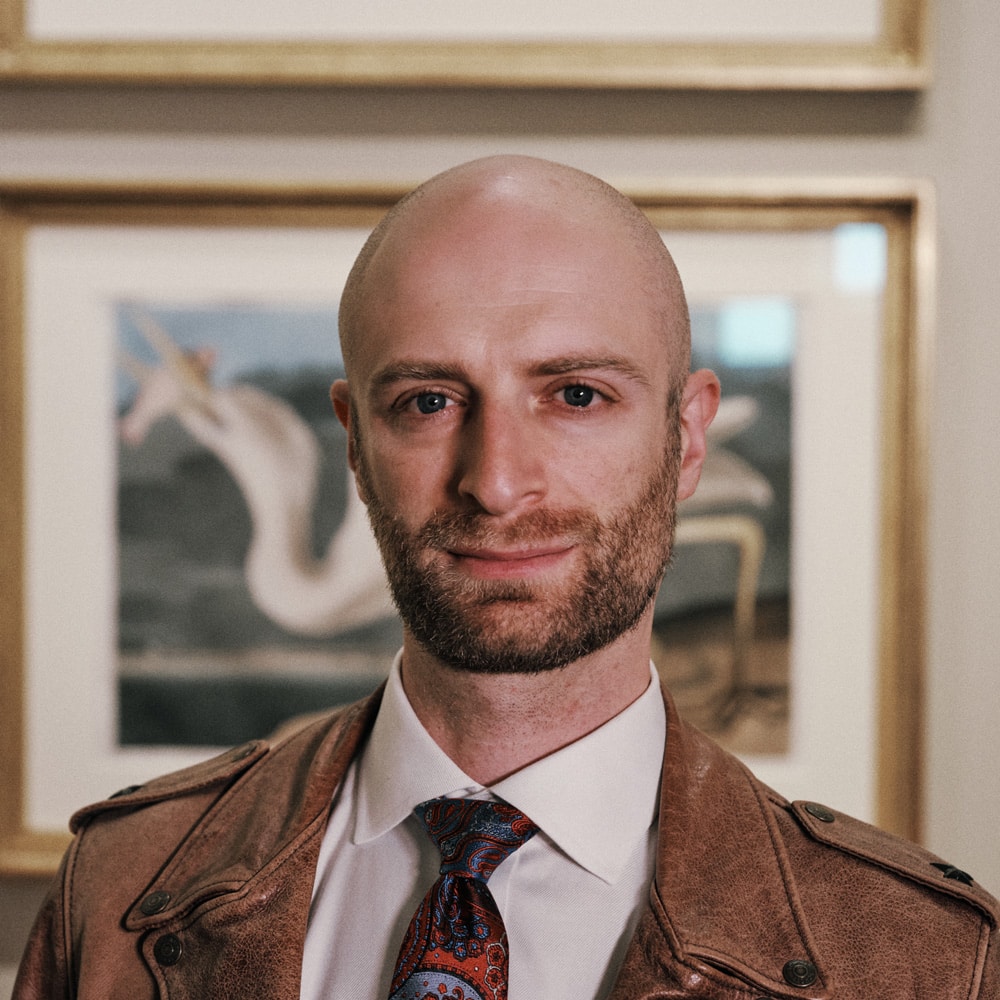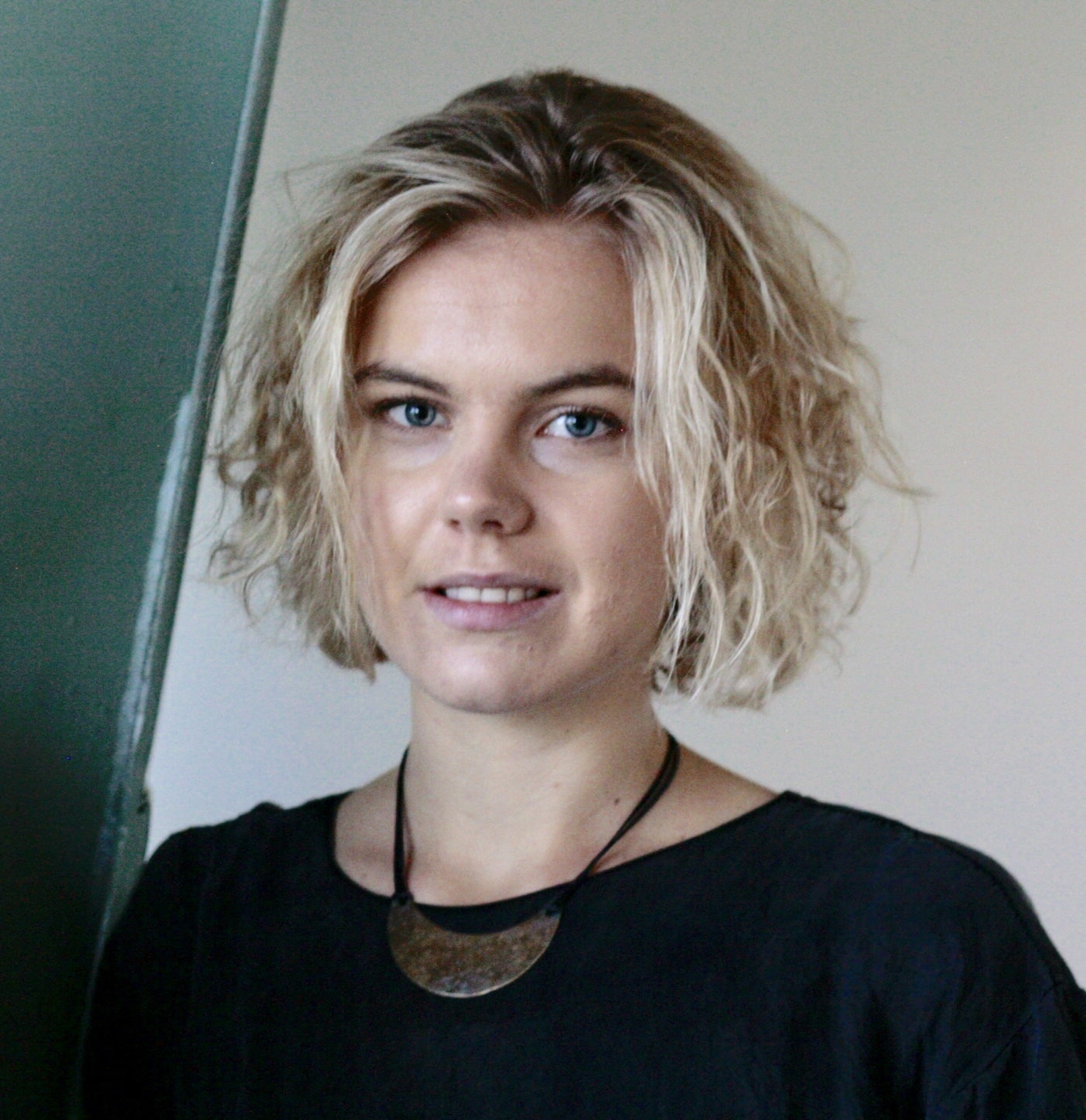Birds of America Double-elephant folio Editions
Viviparous Quadruped Imperial Folio Editions
Joel Oppenheimer, Inc. was founded in 1969 as a fine art gallery and restoration facility. Today Joel Oppenheimer Gallery is the nation’s leading authority on John James Audubon prints. It has expaneded it’s collection to include the work of other notable natural history artists such as John Gould, Basilius Besler, and Pierre-Joseph Redouté. It has expanded to include finished corner framing services, natural history art valuation, and the fine art publishing company, Oppenheimer Editions.
Helmed by founder Joel Oppenheimer and his son David, the family run business has nurtured a local community of artists by employing their specialized talents and skill sets for the past five decades. Joel Oppenheimer, Inc. cultivates direct and longstanding relationships with it’s clients and has garnered national recognition as a specialist in the field of natural history prints, art conservation, and museum quality framing.

Joel is a respected expert on Audubon and natural history art. He is also the author of books on Audubon and John Gould.

David has grown up in the field and brings over two decades of experience to bear in the art conservation and natural history art world.

With a background in art conservation, Matthew brings considerable knowledge and practical sensibility to framing and selecting artwork.

With over two decades of experience in the digital arts field, including major projects with global museum collections, Kim brings an unparalleled knowledge base in digital imagery.

Ana is an accomplished writer and researcher in the field of art history. She brings a discerning eye and a fresh historical perspective to the field.